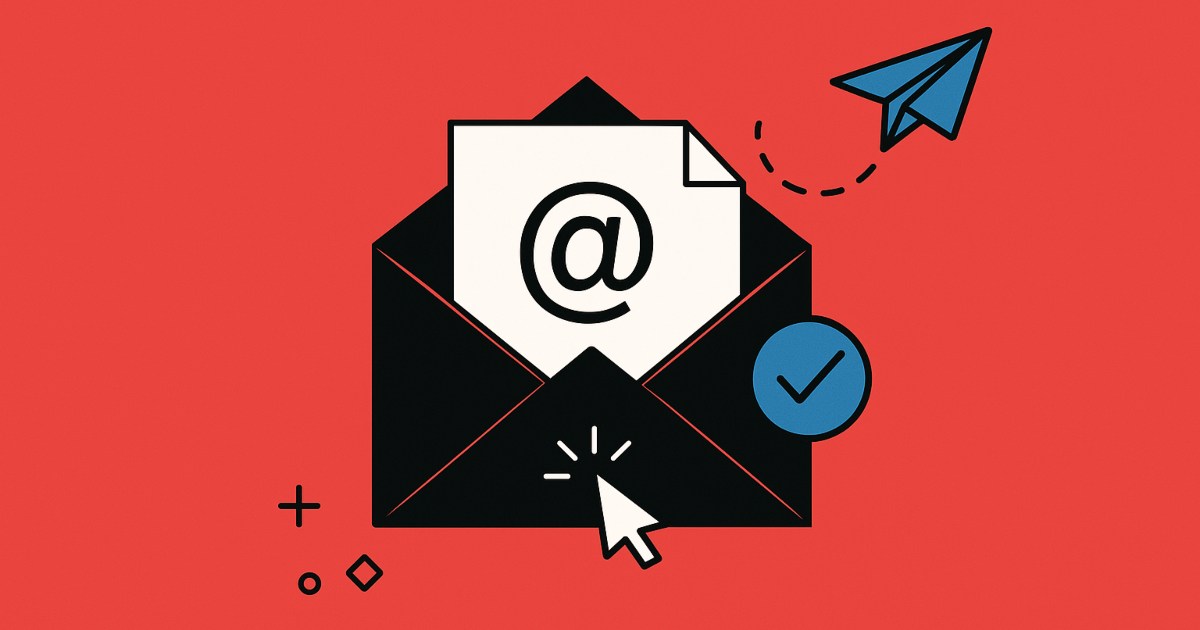In a world where attention spans are shrinking and inboxes are overflowing, email marketing remains one of the effective ways to reach an audience. But what exactly is it, and how can one make the most out of email marketing without overwhelming people?
What is Email Marketing?
Email marketing involves sending emails to a group of people or individuals to promote a product, service, or an idea. Businesses use it for multiple reasons, such as building customer relationships, driving sales, increasing brand awareness, or simply keeping their audience informed.
It could be: newsletters, promotional campaigns, product updates, event invitations, and even automated follow-ups. The key, however, is that it’s a permission-based strategy, meaning that recipients must have opted in to receive these emails one way or another. Otherwise, it quickly crosses the line into spam territory, and no one wants that.
Email marketing is a great way for businesses to stay connected with their audience. Regular updates help keep customers informed and engaged, building a sense of trust and familiarity. It’s also an effective tool for driving sales through promotional emails, special offers, and personalised recommendations, all of which can often encourage people to make a purchase. At the same time, consistent, well-crafted emails keep a brand fresh in the minds of its customers. Plus, with the ability to segment campaigns, businesses can tailor their content to different types of subscribers, making messages more relevant and engaging.
Email: Still Not Dead (and Still Selling Stuff)
Despite the rise of social media and other digital channels, email marketing continues to thrive. Here’s why:
- Cost-Effective: Compared to traditional advertising, email marketing requires minimal investment while offering a high return on investment (ROI).
- Personalisation and Segmentation: Unlike mass advertising, emails can be tailored to individual preferences and behaviours, making them more effective.
- Automation Saves Time: Automated email workflows allow businesses to send timely and relevant messages without constant manual effort.
- Measurable Performance: With tools like open rates, click-through rates, and conversion tracking, businesses can analyse what works and refine their strategies accordingly.
- Direct and Owned Communication Channel: Unlike social media, where algorithms dictate visibility, email marketing ensures messages land directly in subscribers’ inboxes.
Email Marketing: Inbox’s Digital Dread
While email marketing has its strengths, it’s not without challenges:
- Overcrowded Inboxes: With the volume of emails people receive daily, there’s a risk of being ignored or marked as spam.
- Deliverability Issues: Poorly structured emails or spammy content can prevent emails from reaching the inbox.
- Unsubscribes and Fatigue: Sending too many emails can overwhelm subscribers, leading to higher unsubscribe rates.
- Legal Compliance: Regulations like GDPR and CAN-SPAM require businesses to follow strict guidelines, including obtaining consent and offering opt-out options.
Email marketing, when done right, is a powerful tool that keeps businesses connected with their audience in a direct and effective way. But like all marketing strategies, it requires balance, between automation and personalisation, promotion and engagement, frequency and quality.
In an age of overflowing inboxes, the brands that succeed are the ones that respect their audience’s time, deliver real value, and continuously refine their approach based on data and feedback. Done well, email marketing isn’t just about selling; it’s about building relationships that last.









